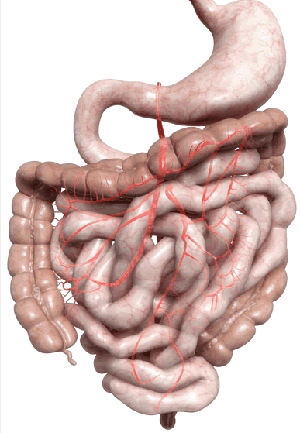
Vibrio cholerae (V. cholera) is a Gram-positive, comma shaped bacterium. The natural habitat of this bacteria is in seawater where they attach themselves to the outer surfaces of shrimp, crustaceans, and other shellfish where they can survive. It is one of the most common infections among humans and is usually found on the skin. Most cases are caused by eating contaminated shellfish, but it can be transmitted from animal contact and direct skin to skin contact with an infected person.
Vibriosis is characterized by the presence of a thickening and burning sensation in the vaginal area. A white or yellow discharge is typical and is normally light to gray in color. Painful urination is common, as well as pelvic pain and abnormal bleeding during intercourse.
Some symptoms include a thickening of the vulvar layer of skin, tenderness, irritation and redness. This thickened tissue may develop into an ulcer. It is important to note that vulvar vulvovaginal atrophy is not a sexually transmitted disease (STD), and is more commonly associated with menopausal symptoms.
Symptoms of Vibrio cholerae infections can include fever, abdominal pain, vomiting, bloody stool, and pelvic pain
Other symptoms are similar to those for bacterial vaginosis; however, Vibrio infections are very uncomfortable, painful and uncomfortable to have intercourse with.
It is important to note that women who have a history of recurrent vulvar infection usually have a good immune system. In fact, women with the disease are said to be immune to antibiotics. The virus resides in the vaginal cavity, typically on the vaginal wall and in the uterus. Because of its location, the bacteria often cause an inflammatory response, causing itching and burning sensations in the vulvar area. Because of its tendency to cause inflammation and discomfort, Vibrio infections are treated with anti-inflammatory medications, which include penicillin.
It is also important to note that Vibrio infections frequently occur near the rectum, cervix and vagina because the bacteria often enters the vaginal canal via the vaginal opening. In these cases, doctors often find evidence of Vibriosis in the vaginal area and the cervix. It is important to note that Vibrio infections can be very serious, causing life threatening infections in pregnant women and HIV sufferers.
Vibriosis is not the same as herpes or genital warts. They are caused by a different strain of the virus that is passed from an infected person to another through skin to skin contact. The virus that causes genital warts is human papilloma virus (HPV) and Vibriosis occurs when there is an overgrowth of Vibriosis bacteria in the vaginal area. Unlike the latter, the symptoms of Vibriosis do not show up immediately after sexual intercourse. These symptoms usually show up after several weeks, although some women may experience the signs early, such as redness, itching and swelling of the vagina, vaginal discharge, burning and pain in the vaginal area, and even painful urination.
Some women also experience more severe symptoms such as pain during intercourse, burning and itching in the vaginal area, vaginal bleeding after sex, discomfort during bowel movements, and irregular periods. bleeding between menstrual cycles. The severity of the symptoms, as well as the amount of the symptoms, may vary from case to case, depending on the location of the vulvar area and the degree of infection.
The symptoms generally show up as redness, itching and burning sensations in the vaginal area, but in some women, the vulvar area may also crack and bleed as a result of Cholera Choleric Acid. However, the signs and symptoms that occur in a woman with the disease are also similar to those of other types of vulvovaginitis and vulvar irritation, including soreness, redness, and burning sensations in the vulvar area. However, it is also possible for a woman to experience vaginal discharge.
Symptoms in a woman may not show for several weeks after the initial infection, but if untreated, the symptoms will become severe and require treatment. The sooner a problem is detected and diagnosed, the better the chances are for a successful treatment. Some doctors recommend treating the symptoms using antibiotics.
In women who have been treated with antibiotics for other vulvar infections, the symptoms of Vibrio Cholerae will disappear after about two weeks, but women may develop Chlamydia in women who use antibiotics to treat their Cholera Choleric Acid. This is because the bacteria will grow unchecked after it has been killed by the antibiotics. Although Chlamydia in women is quite rare, it is important to note that Chlamydia can still be contracted if the antibiotic was given to cure Cholera Choleric Acid. The symptoms may reappear after the drug treatments wear off, so the doctor should be notified and treated right away if a woman develops a sudden outbreak of Chlamydia.